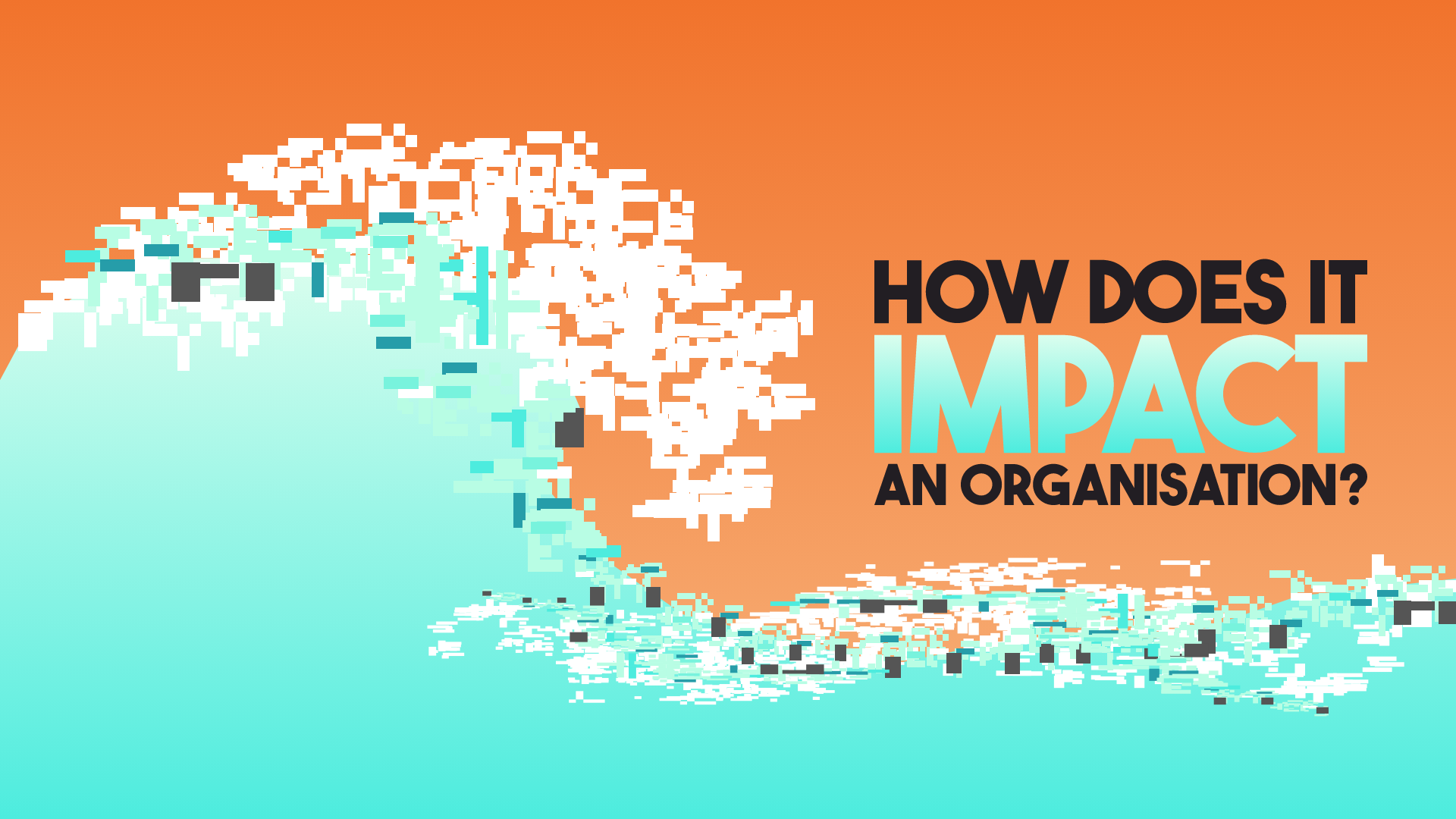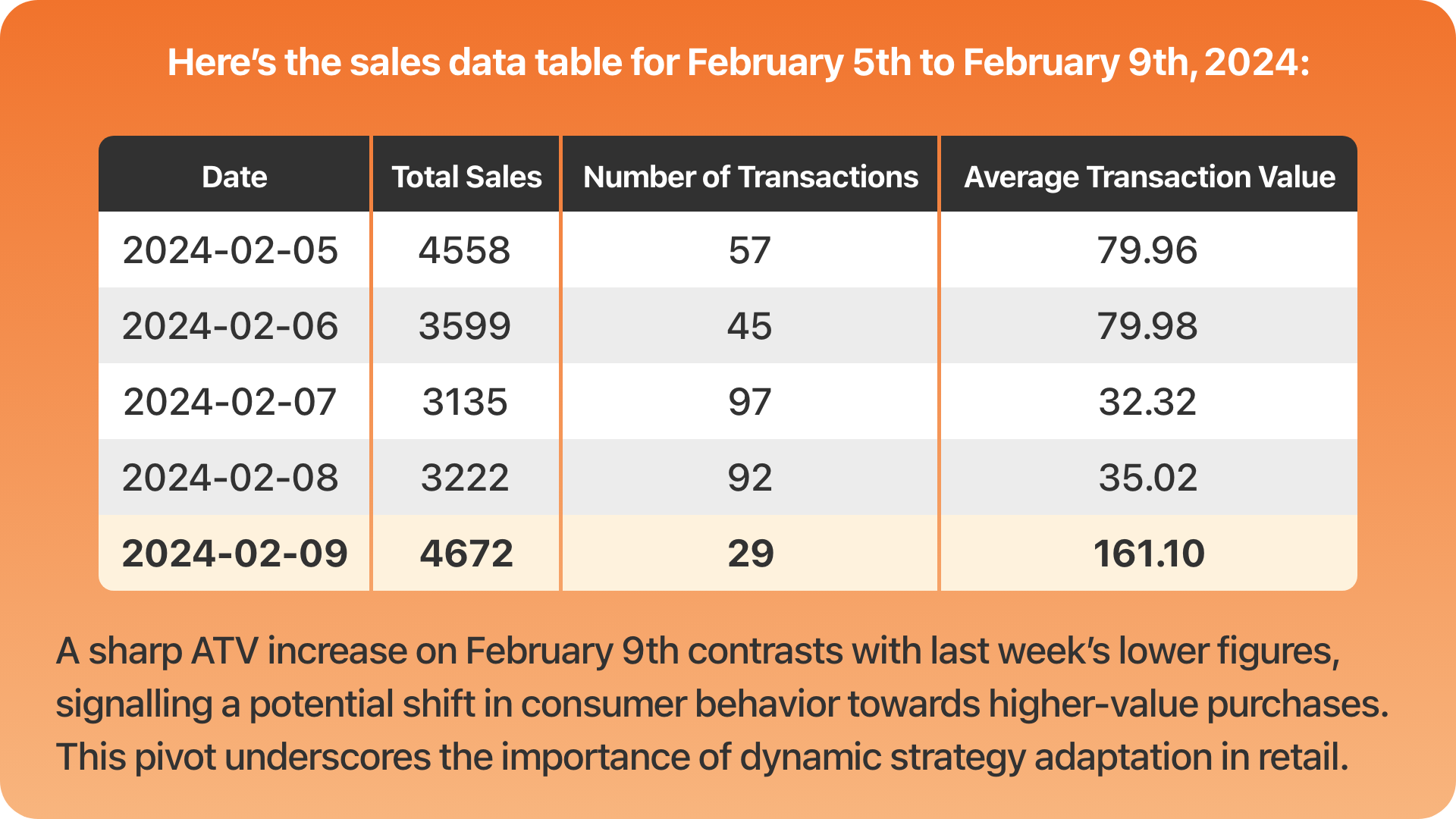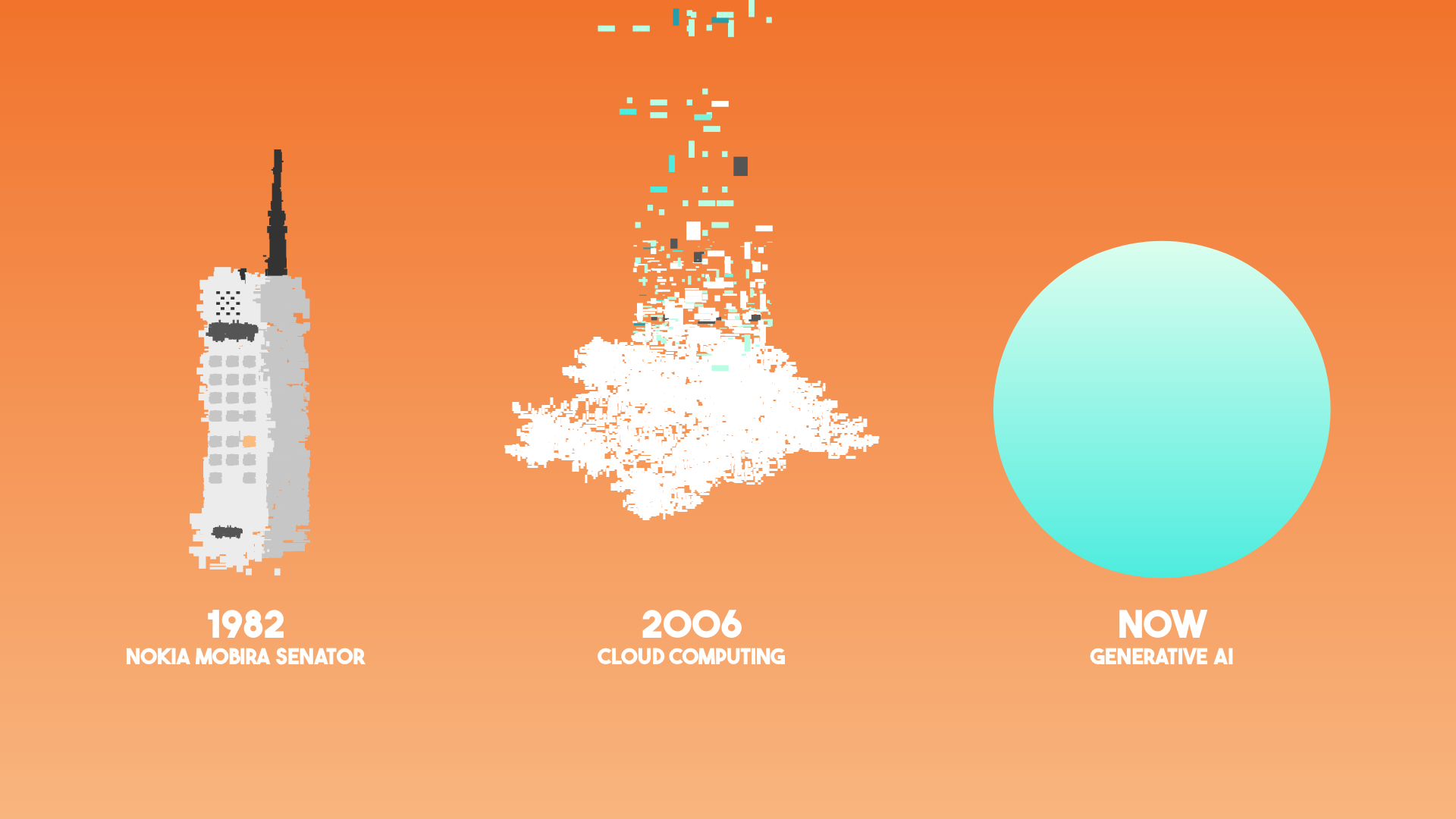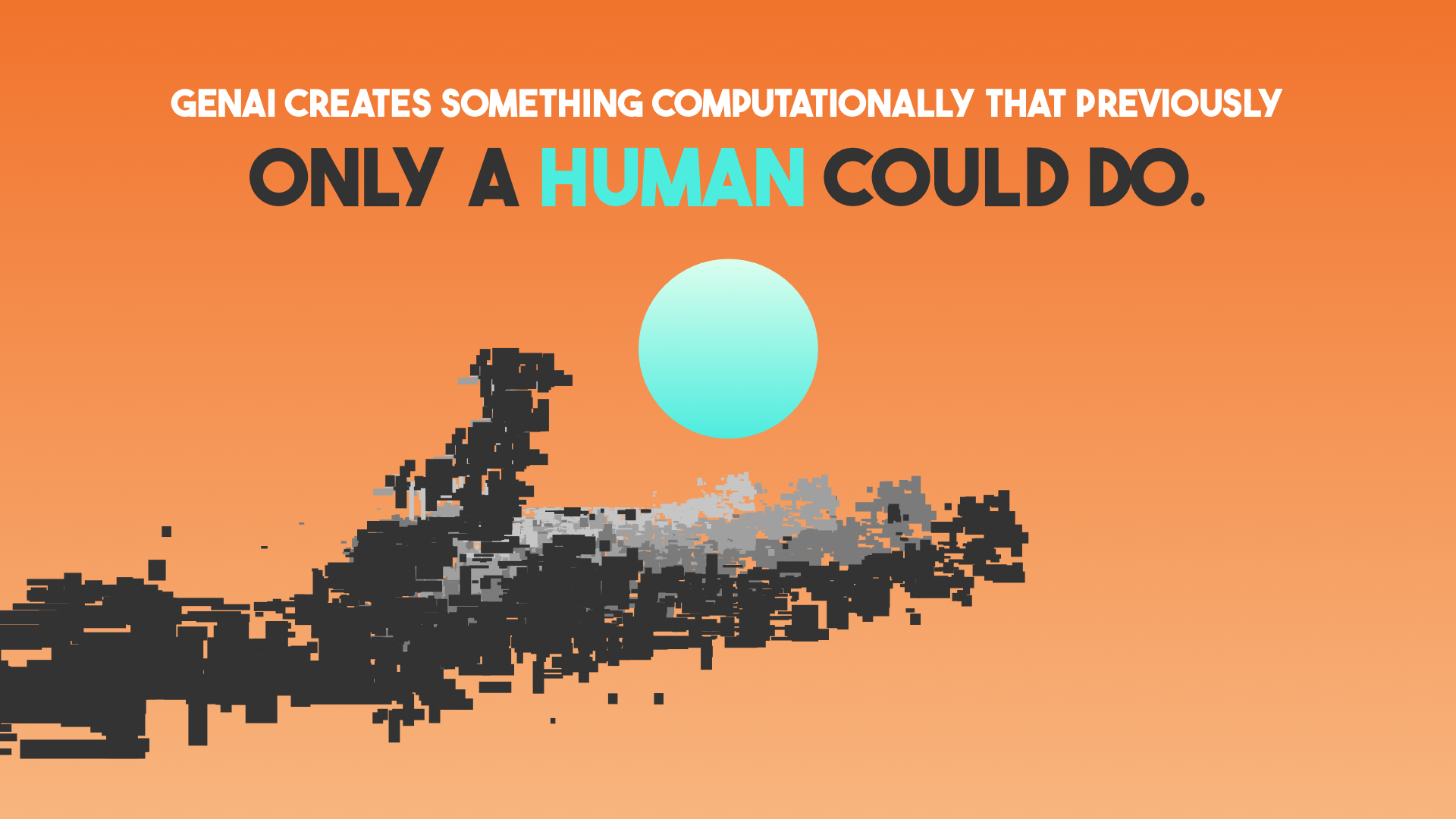Caught in a Rip
I learnt how to surf over the summer.
Well, okay. Let me rephrase.
I learnt how to stand up on a surfboard this summer, and I’m hooked!
Before the lesson started, the instructor told me to find the rip in the water and paddle towards it—in other words— attack it head on. I thought to myself, “Is this guy insane?!” In Australia, we’re taught to avoid rips as the strong current strips away your control and pulls you into unknown waters. But as a surfer, I was encouraged to harness the unknown and turn a moment of change into my advantage. The context hadn’t changed—a rip’s a rip—but what was different was my mindset to turn something disruptive into a competitive advantage.
Artificial intelligence is a disruptive current in today’s world. Like a rip, it’s an unseen force of change with immense power. Rather than swim away, organisations should learn to control the impact of generative AI and leverage its benefits into a competitive advantage. Before I unpack what that means, let’s look at how generative AI differs from traditional AI.
Generative AI vs. Traditional AI
Traditional AI is a subset of artificial intelligence that can analyse, learn and perform tasks like humans. For example, voice assistants like Siri or Alexa can respond to a prompt (“Hey Siri, play ‘Staying Alive’ by the Bee Gees”) and produce a result (song plays).
Generative AI (genAI) is also a type of artificial intelligence that can analyse and learn, but goes one step further and uses the prompt to create text, images, videos, and even music. It automates a range of tasks, but at its core: genAI creates something new computationally that previously only a human could do.
GenAI will impact your current and future workforce, and an organisation’s Human Resources (HR) function must ensure management is aligned so the workforce will respond to the disruptive change appropriately. With all change, people are at the centre, and no business function understands its people like HR.

How Does it Impact an Organisation?
After using popular genAI platforms like ChatGPT to create content and DALL-E 3 to create images, I find myself bouncing between amazement and awe, or perhaps a healthy dose of both. It’s clear that genAI is a game changer and will impact the size, shape and skill set of your current and future organisation in two areas:
Create on the fly: GenAI reads vast amounts of unstructured data and distils it into coherent summaries. It transforms data into actionable insights. For example, I used ChatGPT to take 1-week of sales data and asked it to teach me something new.

Find the missing piece: GenAI ideates independently and completes the puzzle by finding and creating the missing piece. For example, I wanted to create a new job description for an executive assistant, but I didn’t know what further questions to include. ChatGPT created this introduction:

When you break it down, every job function will be affected by genAI. I’ve witnessed several technological breakthroughs that have impacted industries, like mobile technology and cloud computing but genAI differs from these technological leaps in that it radically improves the speed and proficiency of skill-based tasks.

HR has a role in controlling this impact by creating guidelines, insights and frameworks so that organisations have a clear, direct, purpose-driven narrative on the use of genAI, giving both leadership and the workforce confidence to adopt genAI.
Why is Generative AI Disruptive?
Due to the impact genAI has on improving job functions and processes, its disruption lies in its ability to improve the speed and proficiency of skill-based tasks radically, streamlining operations and reshaping job functions.
For example, the impact of genAI on roles reliant on physical skills like construction, driving or healthcare is low. However, in areas like software development, content creation, and data analysis, genAI has and will continue to streamline operations significantly. While parts of your workforce will need to develop new skills or be redeployed to new job functions, it’s important HR frames this disruption as an adoption not an abandonment of skills, as genAI significantly increases efficiency and innovation across skilled functions of an organisation.
The water line of the business world is about to rise in quality and decrease in cost simultaneously. And of course, that’s a boat you want to catch.

Examples of Disruption: Healthcare and Education
Let’s take a closer look at the impact of genAI on Australia’s healthcare and education sectors.
Healthcare
Healthcare professionals in the US have integrated genAI to ‘find the missing piece’ to diagnose diabetic retinopathy, an eye condition that causes vision loss in diabetics. Before genAI, specialists manually assessed scans on computers, a process now expedited and refined by genAI providing more accurate diagnoses and improved patient outcomes.
Education
Educators also use genAI to create customised learning materials and personalised lesson plans to cater to student needs. For example, in Melbourne, a teacher used ChatGPT to summarise the science curriculum and generate a weekly quiz for students, saving approximately four hours each week. This extra time was invested in one-on-one sessions for struggling students, leading to a noticeable improvement in their test scores and a deeper understanding of the subject matter.
Role of HR: Turing Impact into a Competitive Advantage
HR plays a crucial role in controlling the impact of genAI within an organisation, ensuring the benefits attributed to cost reduction and operational efficiency are leveraged into a competitive advantage.
Before HR can create the narrative and digital and learning mindset, HR must first embody this ethos so the organisation is ready to learn, unlearn and relearn new skills.
To achieve this, it’s critical HR considers these key pillars.
Roadmap
Understanding the impact on job functions is perhaps the most important step. HR should assess its workforce and determine the skills needed to facilitate the journey from adoption and reskilling to reorganisation and align its findings with its organisation’s goals.
Questions HR can pose leadership are: “What job functions could genAI streamline now?” and “Which skills do you think are most at risk?”
After management engagement, HR should prepare assets, guidelines and frameworks required to create a clear, direct and purpose-driven narrative and integrate it into the organisation’s technology roadmap.
Your organisation’s ability to control and transform the impact into a competitive advantage depends on HR’s ability to understand and control the journey. This is one of the most important aspects of genAI integration and the role of HR in this journey can not be understated.
Governance and Regulatory Frameworks
Unlike Europe and the US, Australia lacks specific artificial intelligence laws but frameworks are evolving. In recent years, the Morrison government launched the AI Ethics Framework and organisations in healthcare, finance, or legal services have additional industry-specific guidelines and standards they are required to follow. This knowledge is crucial for maintaining a competitive edge, ensuring compliance, and fostering trust in genAI adoption.
Without understanding these frameworks, you run the risk of neglecting employment laws, challenging your diversity and inclusion efforts and ultimately missing out on the long-term competitive advantage genAI can have on your organisation.
Culture sustainability
Central to successful genAI adoption is a culture that values learning and adaptability.
HR must create and foster a culture adaptable to upskilling and improvement.
Leadership teams and directors should position genAI as a tool to amplify, not replace. Building on this narrative, leadership should debunk myths about genAI, drive the need for adoption and frame the need to upskill as ‘skill gaps’.
This positioning will help reinforce a learning mindset to create a clear, direct, purpose-driven narrative and integrate it into an organisation’s technology roadmap.

HR has a role in helping an organisation control the disruptive impact of genAI by building a clear, ethical and purpose-driven narrative on their use of genAI.
HR is responsible for integrating this mindset into organisations, but due process and collaborating with experts to ensure the narrative is correct and clear is recommended.
Do you feel ready to jump into the rip and go for a surf with me? Meet me on Cronulla Beach and let’s see what you’ve got.

